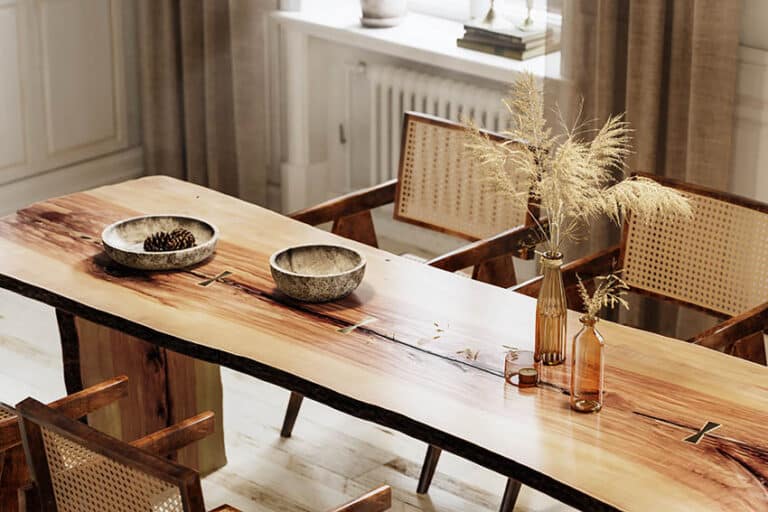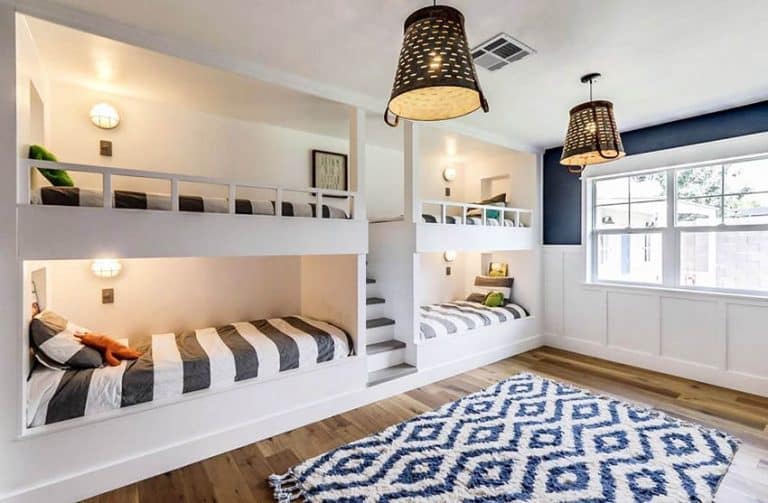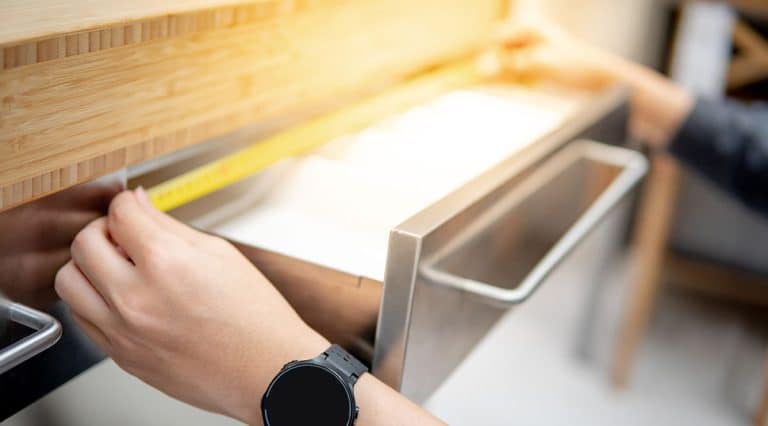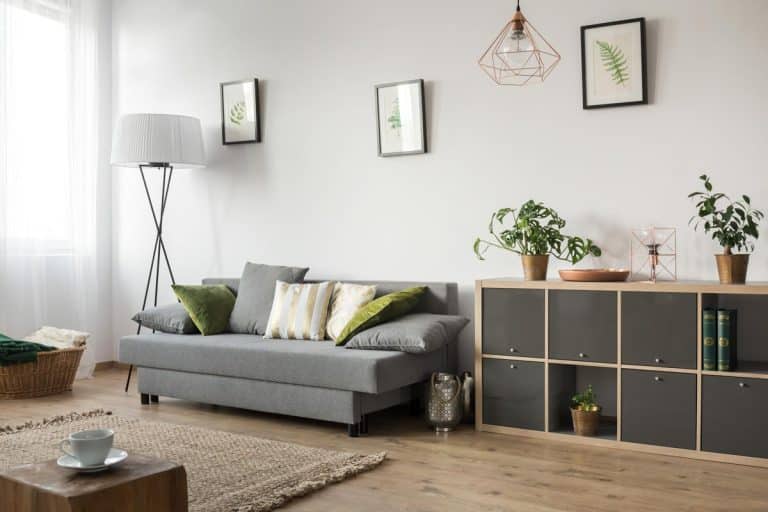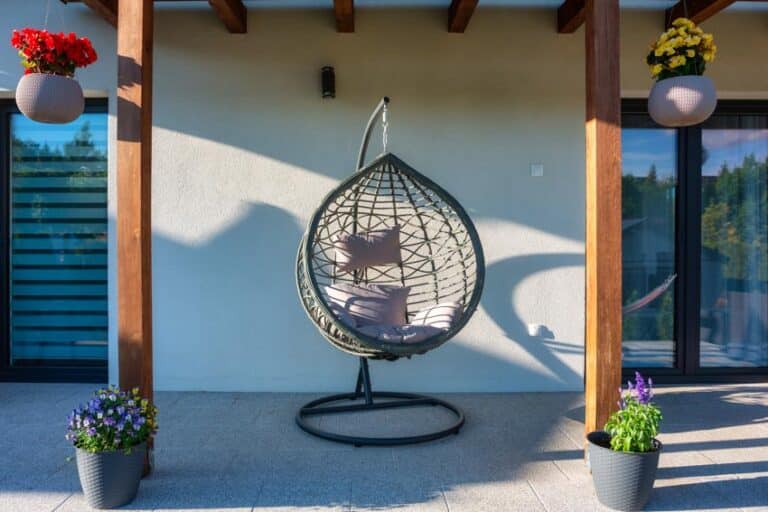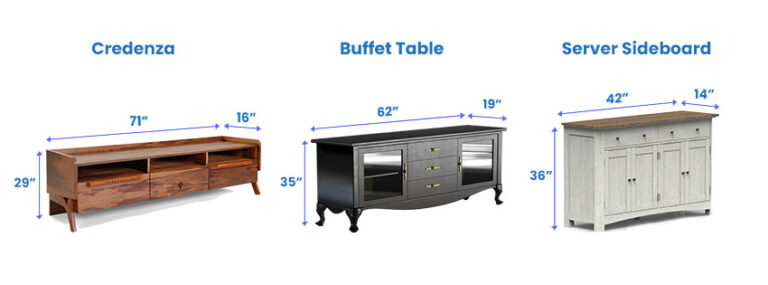Pros and Cons Of Palm Wood Furniture & Should You Buy It?

If you are looking for unique furniture pieces for your home or business, you might find the striking and durable palm wood furniture the perfect option. Whether for an outdoor patio or a dining area, there are numerous designs to choose from, and given its unusual wood graining, it can stand out and serve as a showpiece in your space.
Key takeaways: Here’s a few of the ways palm wood is used for furniture design:
- Artistic and Specialty Furniture – due to its unusual patterns and look
- Outdoor furniture
- Shelving units
- Bed frames
- Chairs & benches
- Decorative dining tables, coffee tables and side tables
Pros and Cons of Palm Wood
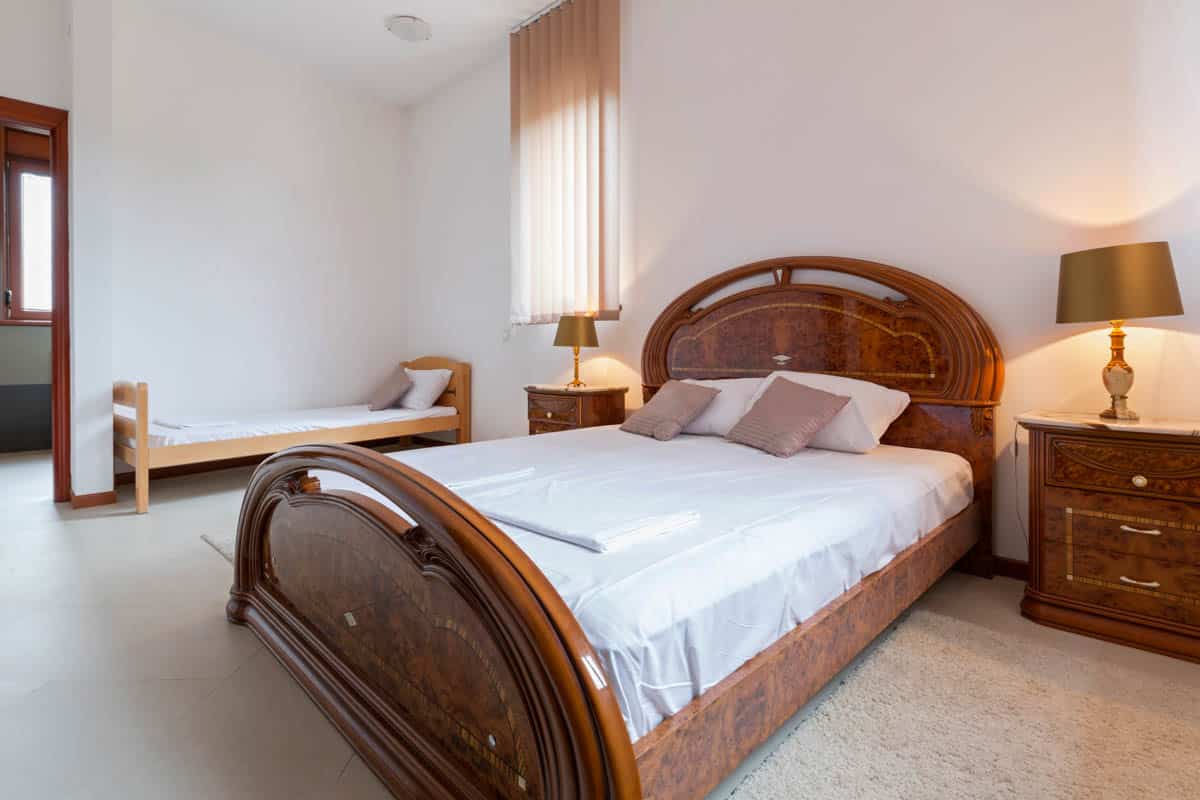
Pros:
• It can be adapted to any furniture style: Palm wood has been explored for decades, and many designer furniture pieces from the heyday of Art Deco have demonstrated the versatility of palm lumber. You’ll see unique pieces, from simple profiles to intricate carvings and connections. This is because of the lightweight nature of the material and the variety of the density of its lumber.
It is usually culled from past their prime coconut “trees” that would be felled anyway, making it a new option with reclaimed—wood characteristics. – Sustainable Residential Interiors, Kari Foster, Annette Stelmack, Debbie Hindman
• Practical for movable furniture: While it does not have very sharp and specialized tools, it can be easily transported and made for a variety of furniture pieces. If you need a living room set or patio outdoor furniture that is easily configured depending on the number of users, this furniture is a great option.
• Opportunity for unique designs: The contrasts of the fibers and surrounding soft material with varying shades of brown give the material a unique and striking appearance. The fibers are also dense, tight, and consistent, not found in most hardwood or softwood lumber.
• Resistant to pests: Like coconut lumber, palm’s are naturally resistant to pests because of its natural content, particularly virgin coconut oil. Other palm species have similar natural oils that help protect the lumber.
• It is not advisable for heavy loads: If you are building a piece of furniture that will hold heavy loads, you might want to choose harder lumber. Also, note that its lumber is graded according to quality, as regular lumber.
• Sustainable when sourced locally: Sourcing palms locally can contribute to its sustainability in certain contexts, but it also depends on several factors. Sustainability in the context of wood sourcing involves eco-friendly harvesting practices that do not deplete or harm the ecosystem, ensuring that the resource can be replenished naturally or through responsible management.
• Lower price: One can often find furnishings made of these products at a lower discount, especially in areas where the material grows in abundance. If the product is mass-produced it can lower the overall cost versus a handmade item.
Cons:
• Protective coating and regular maintenance: While it is resistant to mold, mildew, and pests, you’ll need to reapply the protective finish periodically to protect it from the elements.
• It can rot easily when exposed constantly to water: Because of the fibrous and foam-like structure of its furniture, it can absorb moisture and water easily. Continuous exposure to water can weaken the fibers and cause them to rot.
• Not readily available locally: Since the lumber is mostly sourced from tropical to subtropical regions, limited local companies source its furniture.
• It can be more harmful to the natural environment: Local materials are encouraged to be used in construction and other built projects. Since transporting materials from other regions can actually produce more carbon emissions than buying local materials.
• It can impact endangered palm species: Irresponsible harvesting practices can harm ecosystems, especially if it is sourced from vulnerable or endangered palm species or forests that are not managed sustainably.
• They may need skilled craftsmen and specialized tools: Because of the unique structure of its composition, you may need experience and very sharp tools to cut through the fibers without ripping them off. It’s important to note that sanding or cutting palms can produce fine dust and particles.
Proper safety measures, such as wearing a dust mask and eye protection, should be taken to protect against inhaling or getting particles in the eyes.
• Does not have a grain definition: The surface won’t show the typical wood grain patterns found in many hardwoods, which may not be desirable for those who prefer the look of distinctive wood grain on their furniture.
Why Use Palm Lumber?
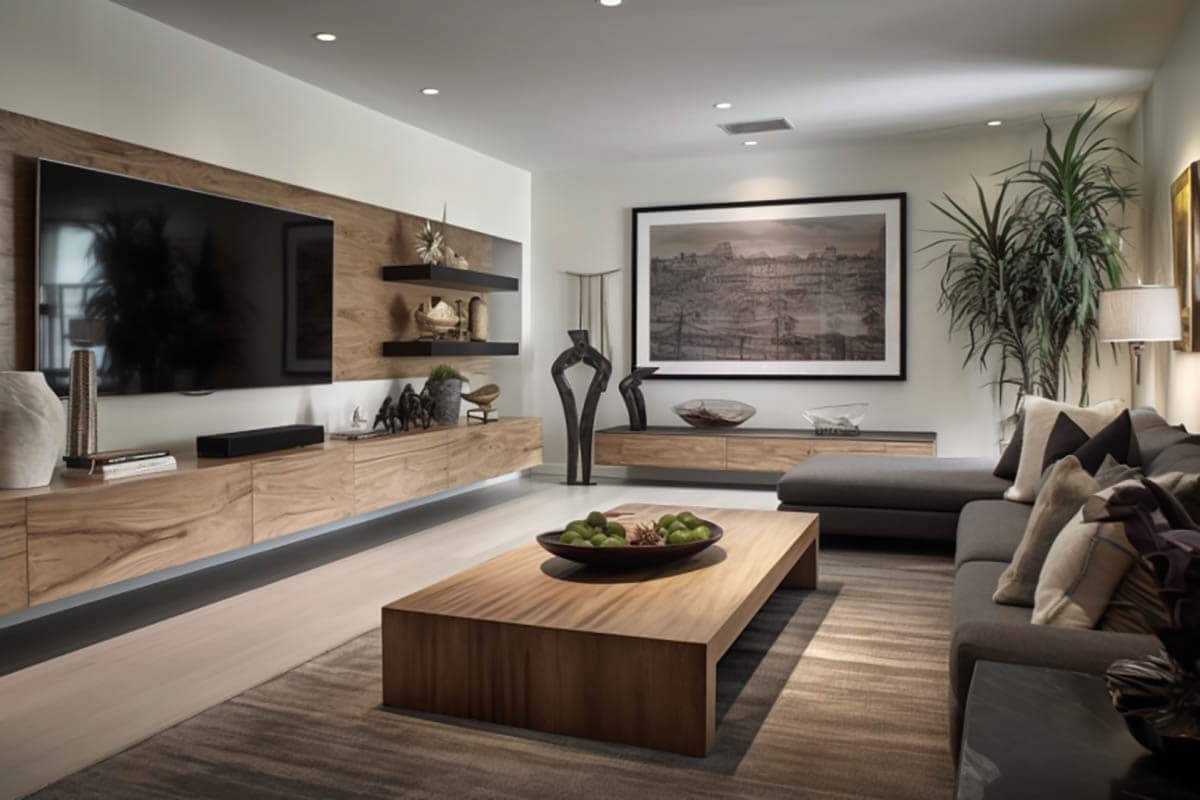
Palm wood is lumber milled from palm trees, usually harvested for oil. A more known species of palm tree is the coconut, where the fruit is harvested for food and used in producing oil.
Palm trees thrive in hot and humid regions such as Southeast Asia, but its wood is also harvested in Latin America and Africa. Certain species of palm trees grow in the U.S., particularly in Florida and North Carolina.
There are many species of palm trees, and the lumber from different species can vary in terms of color, texture, and properties. Some common types of palm wood include coconut palm, date, and heartwood.
Sourced from around 2,500 species, palm wood lumber where the color ranges from light brown to medium brown. However, almost all trees will have varied densities across the tree trunk, where the inner core is the less dense, and as it moves outward, the denser the fibers become.
The use of palm lumber for furniture was first popularized during the Art Deco movement and was influential in its introduction to Western design by Eugene Printz.
The interior designer was exploring new materials for this furniture style, and palm wood has just the perfect graining and coloring to complement the simple geometric designs of Art Deco. Its furniture has extended its portfolio to modern and contemporary furnishings.
Wood Appearance

A distinct characteristic of palm wood is the uniform, tight, and fine appearance of its surface grain. Because the surface usually has little to zero defects, such as knots or voids, you also get a wood surface with consistent graining. Also, when cut across, the trunks do not show growth rings. Instead, the tree trunk has two main parts: the cortex and the central cylinder.
When palm lumber is cut across, the sectional cut shows fibers embedded in a matrix of softer wood. These fibers are called palm bundles. The foam-like structure requires unique tools to cut through the harder fibers without ripping them off while being able to cut through the softer surrounding wood.
Because of the varied species, the colors of the wood range from light to medium brown. Another factor that affects the color is the age of the material.
Characteristics
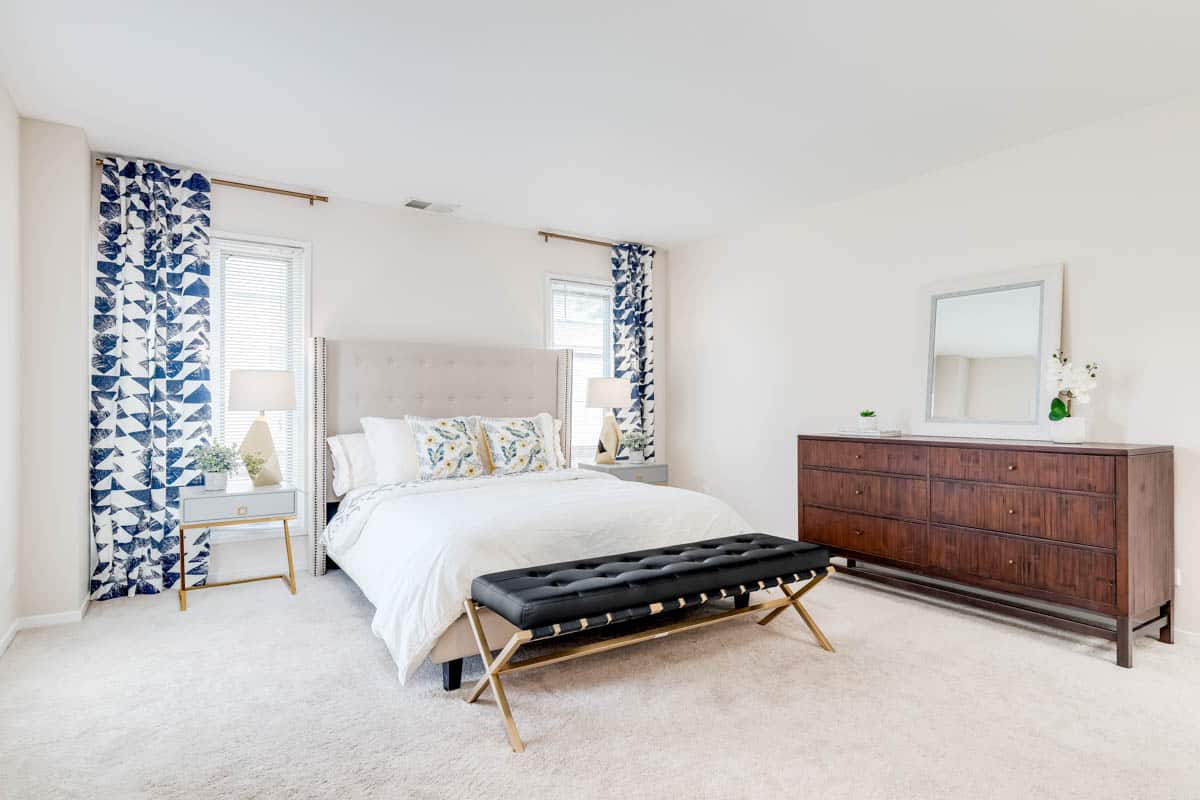
A distinct characteristic of palm wood is its lightweight despite the dense fibers. For this reason, its furniture is a practical choice if you frequently reconfigure your room’s floor plan and layout.
Since palm wood is embedded with strong fibers that are usually higher than 1 g/cm3 (0.7 to 1.55 g/cm3) and have a surrounding matrix of softer wood (average less than .1), you’ll need specific tools to cut through the material.
The fibrous wood is harder than pine, spruce, and other softwood but is not as hard as conventional hardwood. But if you want the look of palm but want a more durable alternative, there is the black palm, which is past a thousand more in its Janka hardness compared to maple.
There are a number of lumber stores that supply rare palm wood in the U.S., and you’ll also find a few custom furniture shops that specialize in black palm furniture making. However, the said exotic woods can be pricier than the average lumber.
Is Palm A Soft Or Hardwood?
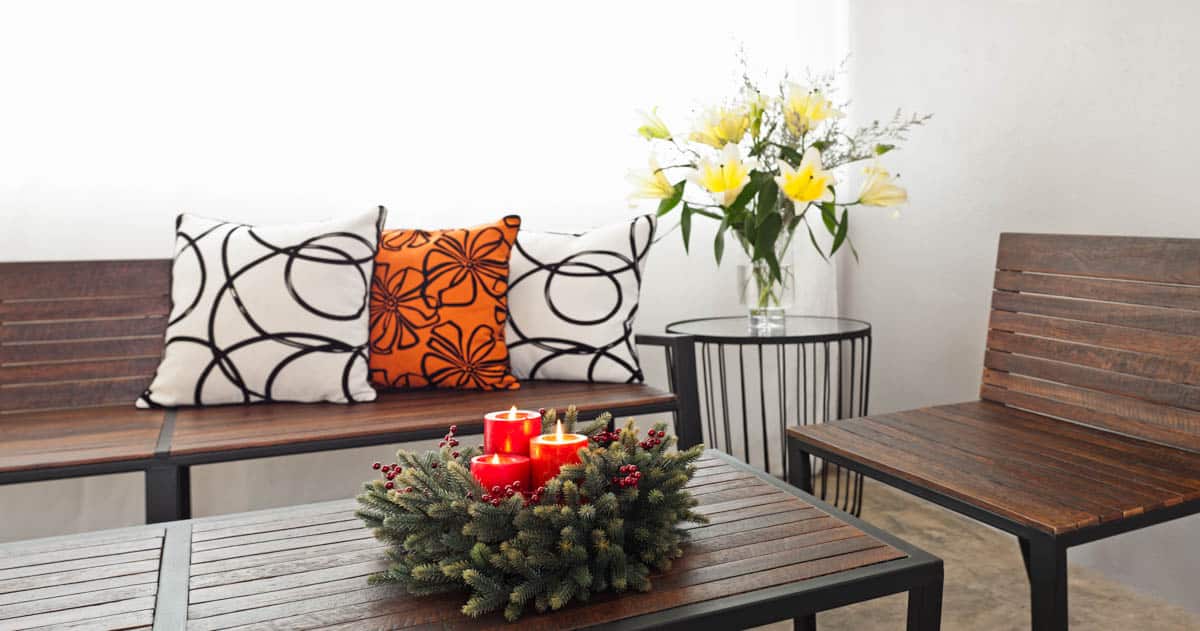
Palm wood does not belong to either type of wood but instead is sourced from the Arecaceae plant family or palm family, like bamboo. So, it is from a perennial plant like bamboo, but bamboo belongs to the Poaceae family.
Similar to its perennial counterparts, it is neither a softwood nor hardwood, as seen in the cross-section of its trunk. Instead of growth rings, the trunk has two main parts where the softer and less dense parts are at the trunk’s core, and if it radiates outward, the denser the wood becomes.
Is Palm Tree Wood Good For Furniture?
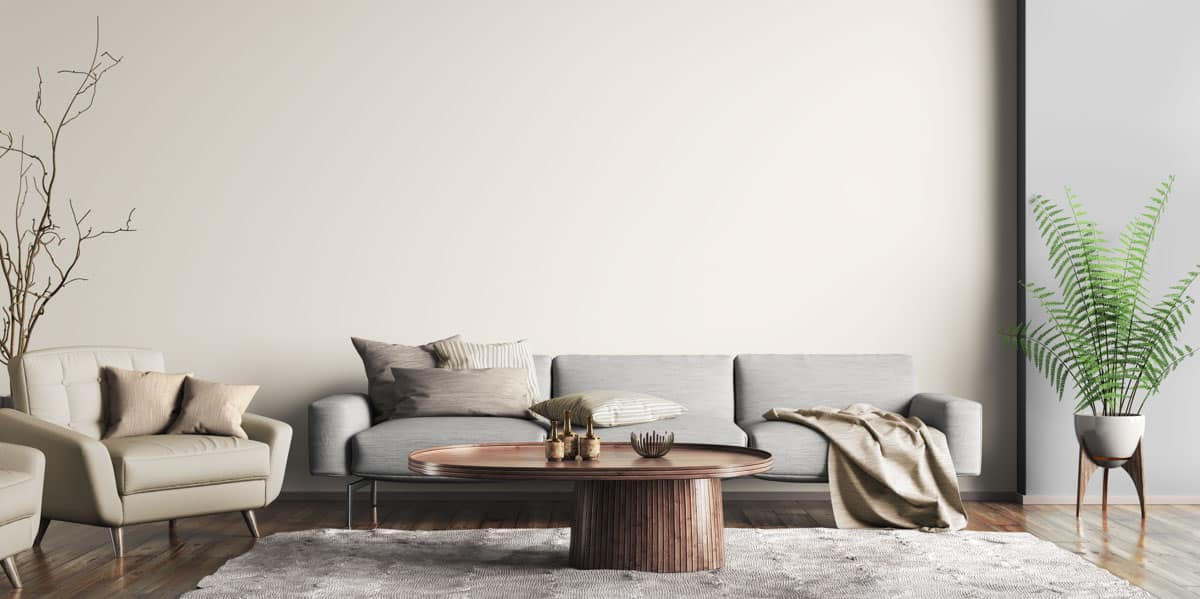
When you have specific requirements for your furnishing, such as a one-of-a-kind appearance, lightweight and naturally resistant to pests, then palm tree wood furniture is a good investment.
Otherwise, it’s generally not considered the best for furniture as it is not a true tree but rather a type of grass like Bamboo. As such, it is not as dense or durable as many other wood varieties. It’s high amount of moisture content also can make it prone to shrinking or warping as it dries.
However, because it is versatile, and if you’re working with a skilled craftsman with the right tools, you can customize designs for your furniture. Beautiful carvings and intricate craftsmanship details can be beautifully executed with palm wood. See more related content in our article about stickley furniture on this page.

